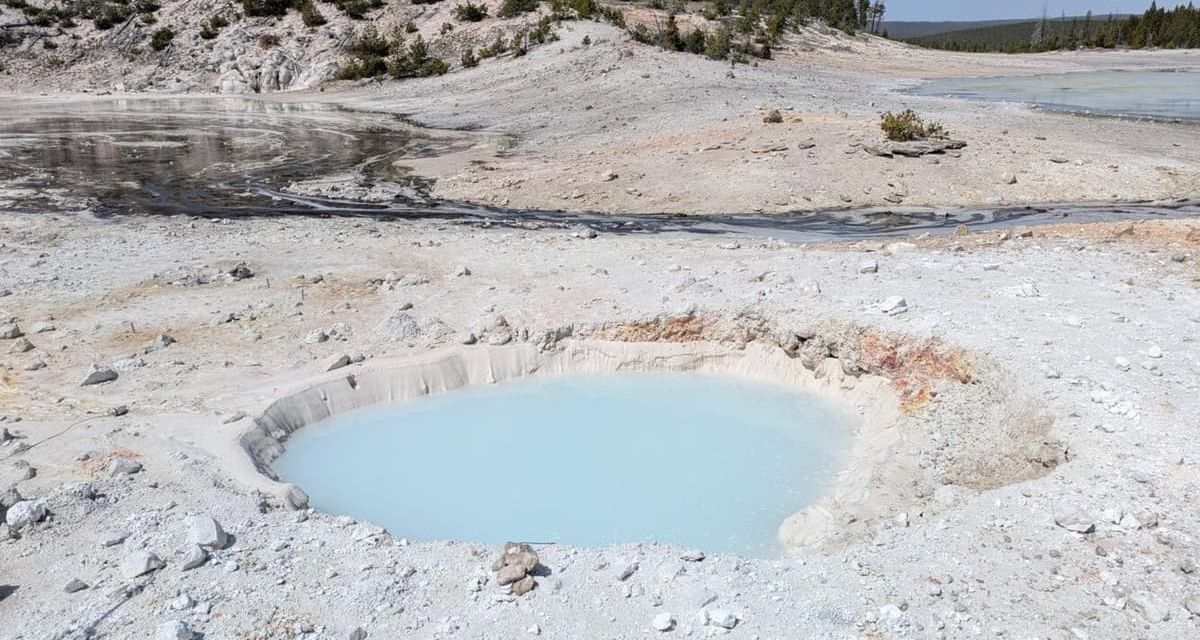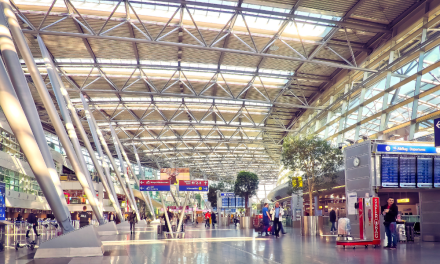Yellowstone National Park, one of the most iconic natural wonders in North America, has recently experienced another geological event: a new sinkhole has opened up within the park’s boundaries. This development has caused concern among scientists, park officials, and travelers alike. For Canadians who often visit Yellowstone for its stunning geysers, wildlife, and hiking trails, understanding the implications of this sinkhole is important for both safety and travel planning.
Airport Screening Rules and Travel Considerations
Before diving into the geological details of the sinkhole, it’s worth noting that airport screening rules continue to evolve, especially for international travelers between Canada and the United States. If you’re planning a trip to Yellowstone, it’s important to stay up to date with the latest requirements at airports, including documentation, security procedures, and health protocols. Enhanced screening measures can affect travel times, so factoring this into your itinerary will help reduce stress and avoid last-minute surprises.
Whether you’re flying from Toronto, Vancouver, or Calgary, Canadian travelers should check with their airlines and the U.S. Customs and Border Protection for the latest guidelines. This ensures a smooth journey to the park and helps avoid delays that could interfere with your vacation plans.
What Is Happening with Yellowstone’s Sinkholes?
Yellowstone sits on a supervolcano, a massive underground magma chamber that drives its famous geysers, hot springs, and volcanic activity. The park’s geology is dynamic and prone to sudden shifts. Sinkholes in Yellowstone form when underground cavities collapse, creating depressions or holes on the surface.
The newly discovered sinkhole appeared near one of Yellowstone’s popular geothermal zones, which has led park officials to temporarily close nearby trails and monitor the area closely. While sinkholes are not uncommon in Yellowstone, their size and location can affect park infrastructure and visitor safety.
Scientists are actively studying the new sinkhole to understand its causes and whether it signals changes in the volcanic system. For now, experts emphasize that such sinkholes are typical in geothermal regions and do not necessarily indicate increased volcanic danger.
Girl Falls Overboard: A Reminder of Outdoor Safety
While geological events like sinkholes capture headlines, another type of incident reminds us of the diverse risks travelers can face. Recently, a heartbreaking incident occurred where a girl falls overboard during a boating trip near a national park in Canada. This tragedy underscores the importance of safety precautions in outdoor activities, including water sports and boating excursions, which are popular with many Yellowstone visitors who also enjoy Canadian wilderness adventures.
For travelers exploring Yellowstone and similar natural areas, awareness of safety guidelines—whether on water or land—is critical. Life jackets, attentive supervision, and respecting safety protocols can prevent accidents. This incident is a somber reminder that natural beauty often comes with real risks, making preparedness and caution essential.
Why Canadian Travelers Should Pay Attention to Yellowstone’s Geology
Yellowstone’s sinkholes reflect the park’s constantly shifting landscape. For Canadians planning visits, understanding these geological processes helps in preparing for potential closures or reroutes within the park. Sinkholes can affect trails, campgrounds, and roads, requiring visitors to remain flexible and stay informed through official updates.
Beyond travel logistics, the dynamic geology serves as a fascinating educational experience. Canadian students and scientists interested in earth sciences often study Yellowstone as a living laboratory, learning about volcanic systems, geothermal energy, and environmental monitoring.
Monitoring and Safety Measures
Park authorities have increased their monitoring efforts since the sinkhole was discovered. Surveillance includes ground sensors, aerial imaging, and regular patrols to track any changes. Visitor safety remains the top priority, and officials are ready to close affected areas if needed.
Canadian visitors should heed all warnings, stay on marked paths, and avoid restricted zones near sinkholes or geothermal features. Understanding the natural environment and respecting its power ensures a safe and enjoyable visit.
Conclusion
The recent sinkhole at Yellowstone highlights the natural forces shaping one of North America’s greatest parks. Coupled with practical travel considerations like evolving airport screening rules and general outdoor safety—reminded starkly by incidents such as a girl falls overboard—it’s clear that preparation and awareness are key for travelers.
Canadian tourists eager to explore Yellowstone should stay informed about both natural developments and travel regulations to make the most of their adventure while staying safe. Nature’s beauty is matched only by its unpredictability, and respecting both ensures lasting memories and safe journeys.






